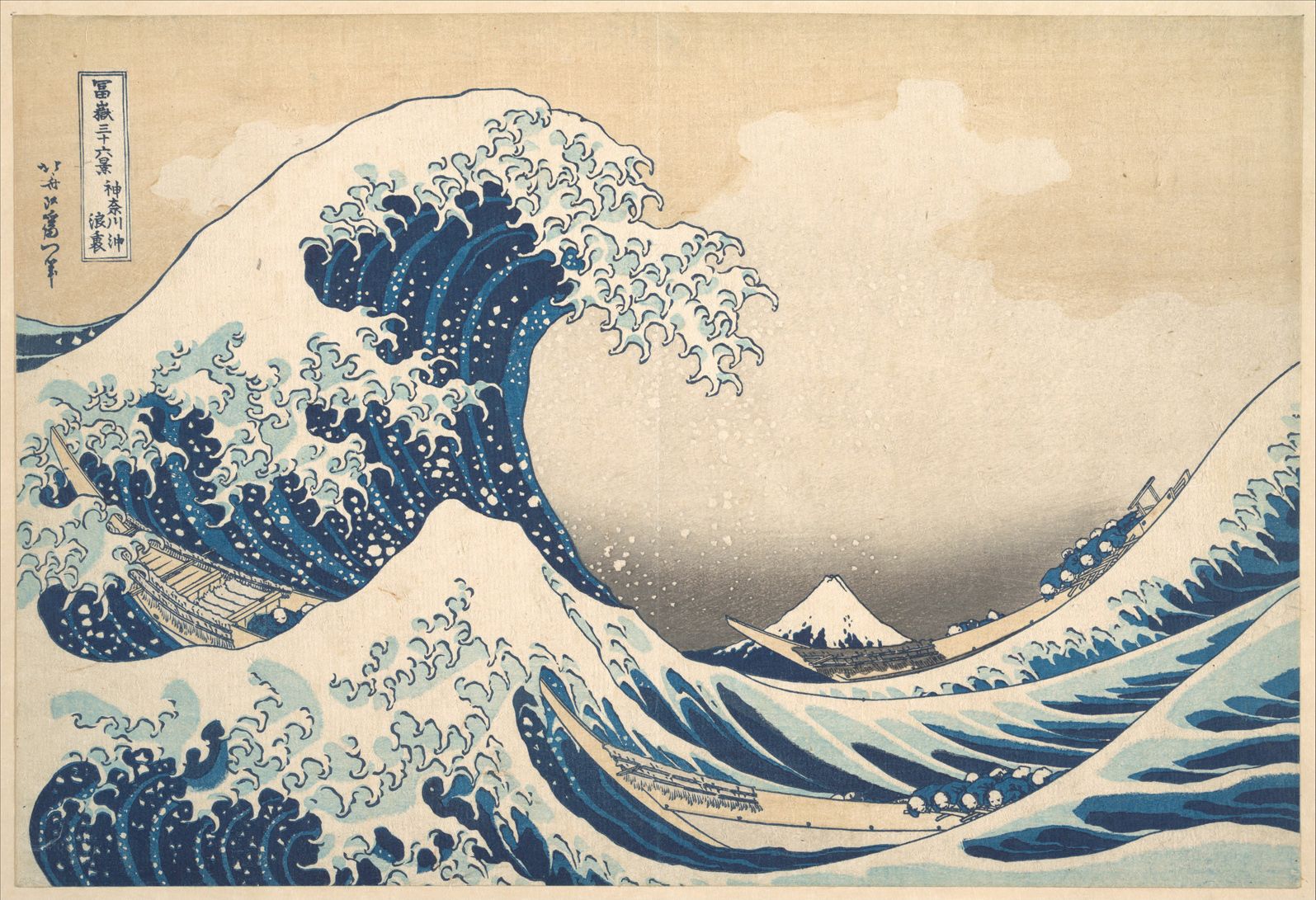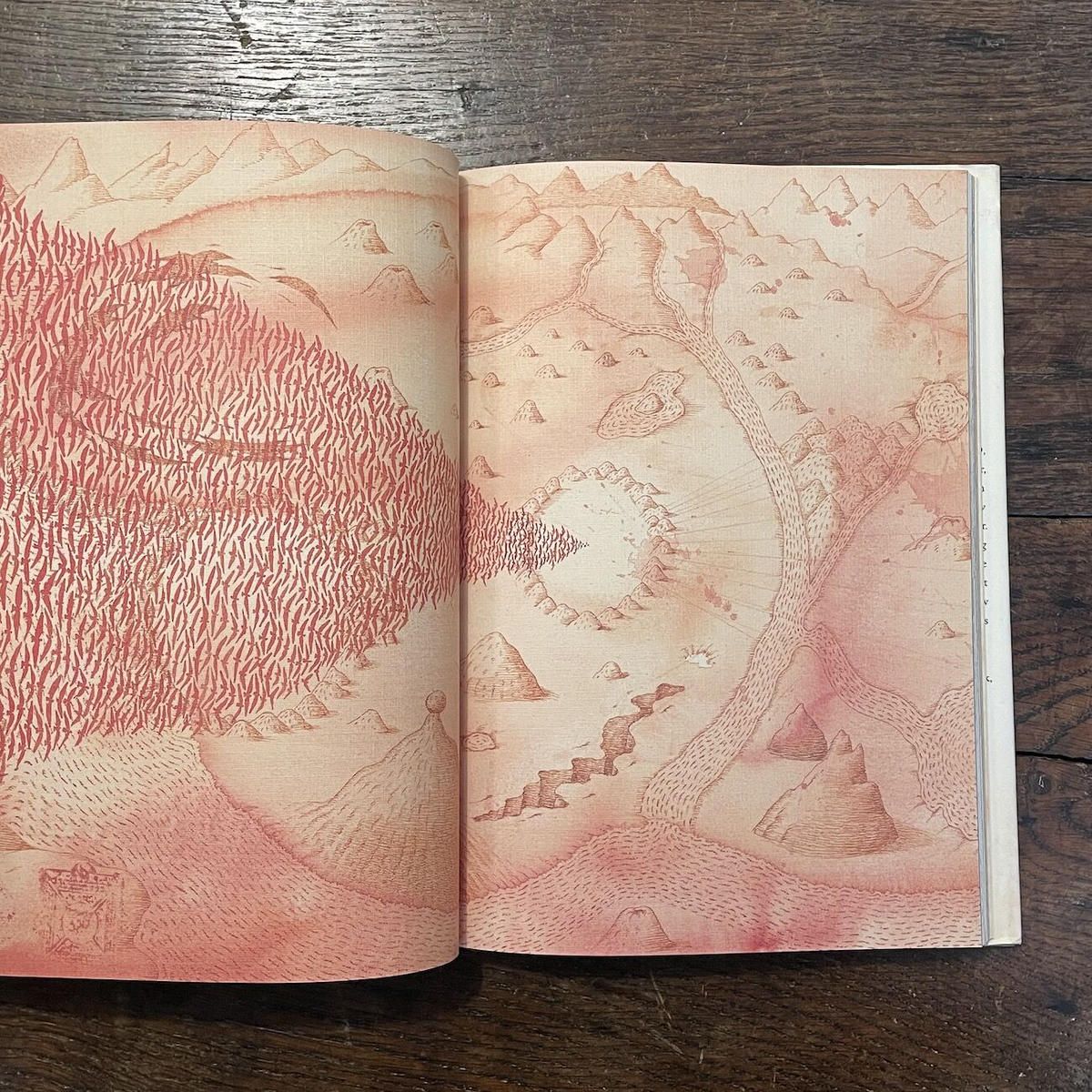36 Views of The Ally: #1 The Conference of The Birds
Perspectives on the ally across culture and time.

Inspired by Hokusai's 36 Views of Mt. Fuji, we explore perspectives on the ally across culture and time.
Text:
[Excerpted from The Voyage and The Messenger: Iran and Philosophy by Henry Corbin, pp. 153-4.]
This is the Reunion which so many mystics have tried to describe. In a final episode which is one of the great moments of world mystical literature, 'Attar describes this exaltation of self-recognition through an Other in whom one recognizes oneself, as if in a mirror. "At this moment, in the reflection of their own faces, the si-morgh (thirty birds) saw the face of the eternal Simorgh. As they looked, there was no doubt: this was indeed Simorgh, yet this Simorgh was also the si-morgh. Then they were overwhelmed with vertigo. They saw themselves as thirty birds, yet Simorgh was also exactly thirty birds. Whenever they looked at Simorgh, it was indeed she who was there, yet when they looked at themselves, they were still si-morgh. And when they looked simultaneously at both aspects, Simorgh and si-morgh were one and the same reality. There were two Simorghs, yet there was only one; one, and yet more than one. [This recalls the end of the fourth voyage according to Haydar Amoli.] "In all the universe, none had ever heard of such a thing. All of them fell into a trance, and remained in a state of meditation beyond meditation."
They did not even need to use language to inquire of Simorgh as to the meaning of this paradox. Their very state of meditation was in itself an inquiry, and this answer came to them: "This sun-like majesty of mine is a mirror. Whoever comes before it sees all of himself: body and soul, soul and body, he sees himself whole. Since you came here as si-morgh, you appeared as si (thirty) in this mirror. Whether you had been forty or fifty, or a multitude, the veil would also have lifted before you, and you would have looked and seen yourselves as you are! [...] As for me, I am far more than si-morgh, for I am the essential and eternal Simorgh. Therefore, lose yourselves in me, so that you may find yourselves in me. [...] And the shadow lost itself in the sun. Peace!"
What each of the Birds encountered at the end of their long and painful voyage was the revelation of the mystery of their own Self, their celestial counterpart. 'Attar's symbol of Simorgh represents what Meister Eckhart expressed as "The eye with which I see God is the eye with which God sees me." We began pointing out that the fulfillment of "speculative" mysticism is the state where the inner being discovers itself as the very mirror (speculum) of divinity. It is the same divinity that 'Attar's epic presents as mirror. In effect, there is a reciprocity of contemplator/contemplated and vice-versa. It is just as much Simorgh who contemplates herself in the si-morgh's contemplation of her. The mirror proclaims that the divine Being is never an object, but the active subject of all knowledge of it, as well as every experience in which it is felt. This is what must be discovered in order for teachings to become soul-events, and this is the voyage.
Comment:
The preceding words and images, commenting on Attar's "The Conference of the Birds", ring with truth in relation to the practice of ally work. In my personal practice, the image has arisen of my human spirit as a mirror, facing a larger, wider, more encompassing mirror representing the ally. A metaphysics of Light. Being reflecting the truth of our being.
Practice Notes:
In developing our relationship with the ally, we come to deeply appreciate views like the ones found in this text.
The reality of our relationship with the ally cannot be reduced to human logic, because it encompasses a higher dimensional field than binary logic. With the development of our felt sense, our imaginal faculty, and our relational dialogue with the ally, we come to know as true in our body, heart, and insight, what cannot be reduced to rational formulation.
We become present to the relational qualities of gratitude, humility, and awe. Each of these are great energies. For in our humility, we find ourselves in Presence with a far greater source of energy than the human.

